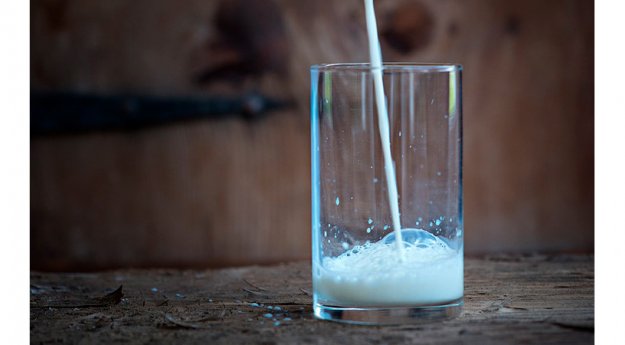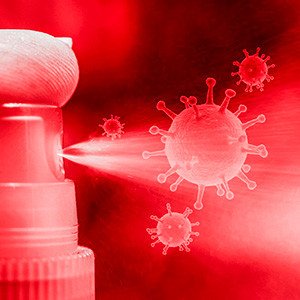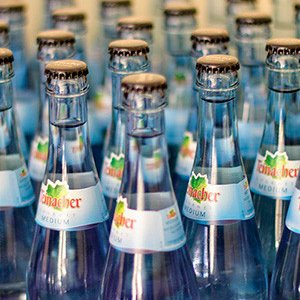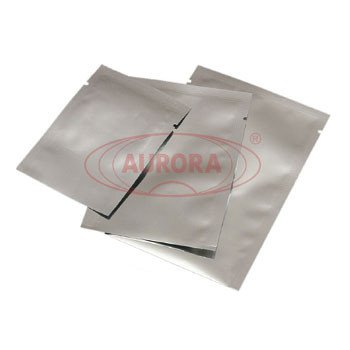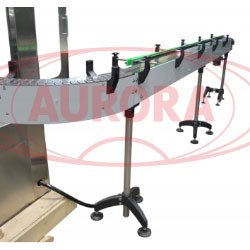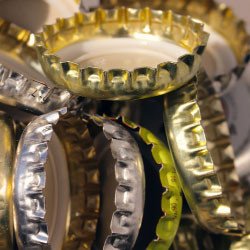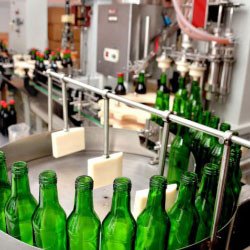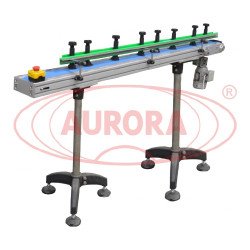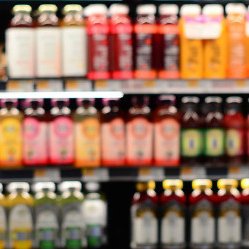Milk is one of the most demanded food products and is present in the daily diet of most modern consumers. Today on the market, this product is represented in a wide variety and in various packages, with different percentage of fat content and other features. In this article, we will cover in detail issues related to the processes of filling and packaging milk in containers: the way packaging materials are selected, specific features of technology and types of appropriate equipment for production facilities are offered.

Milk packaging: types and their features
All milk supplied to store shelves goes through a series of checks. Requirements for the quality of packaging are stipulated by the Technical Regulations of the Customs Union “On the Safety of Milk and Dairy Products” (TR CU 033/2013). According to the provisions of the document, the packaging must be made of environmentally friendly materials and ensure safety and appropriate level of quality of the contents within the intended shelf life.
What containers are used to fill milk in? Let us have look at the most popular types:
· Soft packaging made of polymeric materials (bertha-pack, finpack) is used for filling pasteurized milk. This is the most budgetary and simplest packaging option, which is easier and faster to produce, it has lightweight and low cost. Among the disadvantages, you can name instability of the packs and low shelf life of the product inside. Normally, filling is performed in packages of 0.5 and 1 liter.
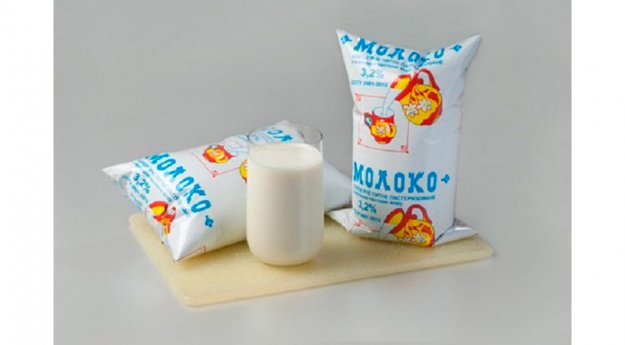
· Semi-rigid packaging made of polymeric materials (bottles made of polycarbonate, polyethylene, and polyvinyl chloride) does not lose shape after opening, has a lid for ease of use and is shock resistant. Sterilized milk is packaged in PET bottles. For this type of packaging, the most common volumes are 0.25, 0.5 and 1 liter.
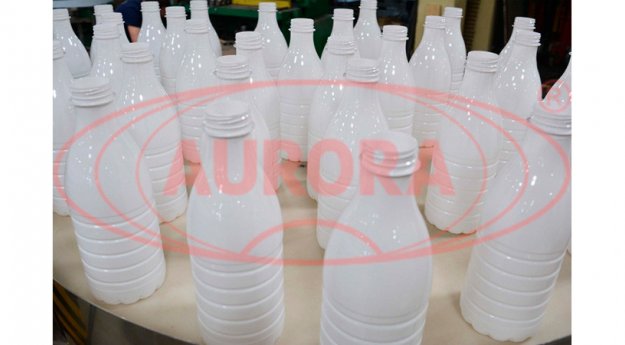
· Semi-rigid packaging made of combined materials (pure-pack, tetra-pack, perga-pack, block-pack, self-pack, tetra brick, etc.), as a rule, is equipped with a reusable opening system (cover / valve) with reinforced layer of film or foil. This allows storing ultra-pasteurized and other milk, bottled under aseptic conditions, for a long period and without any risk of negative exposure to sunlight and other external factors.
Equipment for filling milk in consumer packaging
The specifics of filling area setting up in milk production depends on the characteristics of the product, on selected packaging and on the type of premises. Because milk is a perishable product, it is important to pay attention to hygiene issues and possibility of observing all conditions of sterile filling when selecting plants. Solutions presented today on the packaging equipment market make it easy to find the best option, including creating an individual packaging or label style for the advantageous highlighting the products from the total mass of analogues.
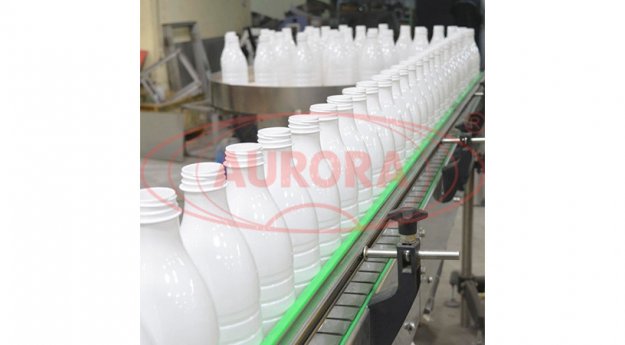
For large enterprises, the most cost-effective equipment will be an automated complex of linear or block type. Let us compare specifications of the machine based on the type of packaging used:
· Lines for filling milk into bags
Each milk filling and packaging technology has its own advantages and disadvantages, which are reflected in the equipment. Thus, a bag is a disposable package, and a manufacturer will significantly save on equipment, because washing and preparation of containers will be excluded from the general process cycle. Lines for filling milk into packages have a simpler configuration in comparison to any others, and include sections for bag forming, sterilizing the product and bag sealing. Occasionally, units performing removal of the air from the bag (evacuation), labeling, marking and stacking bags in boxes can be added to the line.
· Milk bottle-packaging complexes
If a bottle is made of PET or glass, then washing is an obligatory unit. With the help of water, washing solutions and disinfectants, the containers are prepared for clean filling. The installation may include a section for blowing bottles, a module for processing bottles with ozonized water and hot steam, an orientator, a disinfectant for caps, a packer of containers in pallets, and other units. Depending on the number of filling and capping machines and the capacity of the units, such complexes can have a capacity from 2,000 to 36,000 bottles per hour.
· Tetra Pak milk filling machines
Due to the peculiarities of the material for such package, the lines, monoblocks and triblocks of this category are equipped with special installations for forming boxes from preliminary blanks. Such equipment has a higher cost than the above-mentioned counterparts have, and, accordingly, is less affordable. Nevertheless, at the same time, at the output of the installation such equipment allows obtaining a product with a maximum shelf life. To expand the functionality of the lines, it is possible to install HEPA filters, sealing machines, palletizers.
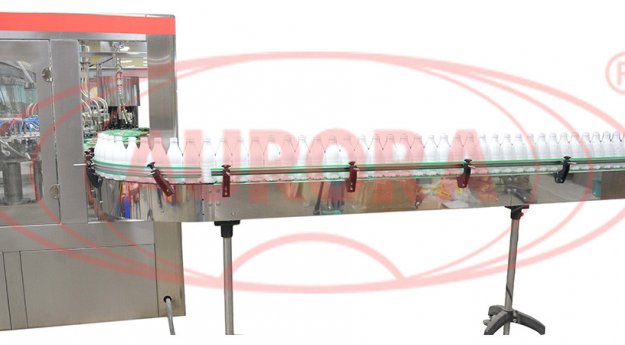
Therefore, summing up the above, we will highlight that for start-up companies with a small budget, the best solution is bag-packaging technology. Such equipment occupies less space and does not require high costs for the acquisition and maintenance, which is especially important in the initial stages of activity. The final efficiency and cost of the milk filling line is affected by the equipment with auxiliary technological sections and plants.
High-performance complete milk filling solutions from a trusted manufacturer
Our company "AURORA PACK ENGINEERING" produces a wide range of equipment for milk and dairy products filling (kefir, fermented baked milk, yogurt and others). We have our own production facility, where we manufacture reliable dispensers for dairy products of various viscosities and densities, capping and sealing machines, labeling modules, as well as a number of other units for performing a variety of operations for filling milk in containers. We sell separate machines for autonomous operation, as well as linear and monoblock units with several functional sections.
Special solutions have been developed for large dairy plants: filling multiblocks (triblock-multiblock for filling milk in “Master” PET containers, triblock-multiblock for filling milk in “Master” glass containers). In such systems, a full packaging cycle is performed automatically — from supply of material to create containers to output of a product that is completely ready for sale.
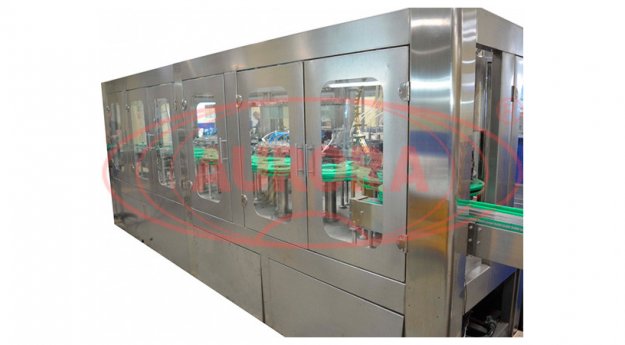
What is the advantage of our triblock-multiblock?
· When designing plants, we take into account all the requirements for environmental friendliness and hygienic safety: we use high-quality materials, we work out the design for easy washing in detail, and we equip systems to maintain cleanliness of the working area.
· Closed design provides maximum independence from the external environment and eliminates the risk of product contamination during packaging.
· Equipping with high precision peristaltic or piston dosers guarantees a minimum error and allows you to easily and quickly change the filling volume.
· Machine operation control systems are based on PLC, which ensures precise synchronization of all operations.
· Installations can be supplemented by various units and devices, and, if necessary, modified to suit individual production conditions.
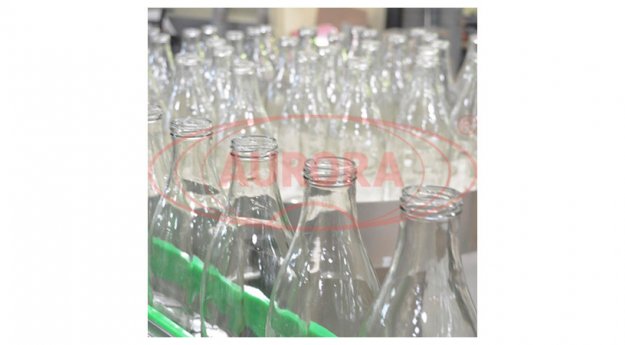
At the request of the customer, our specialists carry out pre-design work on the preparation of the production premises for milk filling, including arrangement of equipment, solving problems with communications and selecting auxiliary installations. High-quality service provides maximum convenience for our customers, and reliable equipment allows us to produce tasty and safe milk for consumers.
